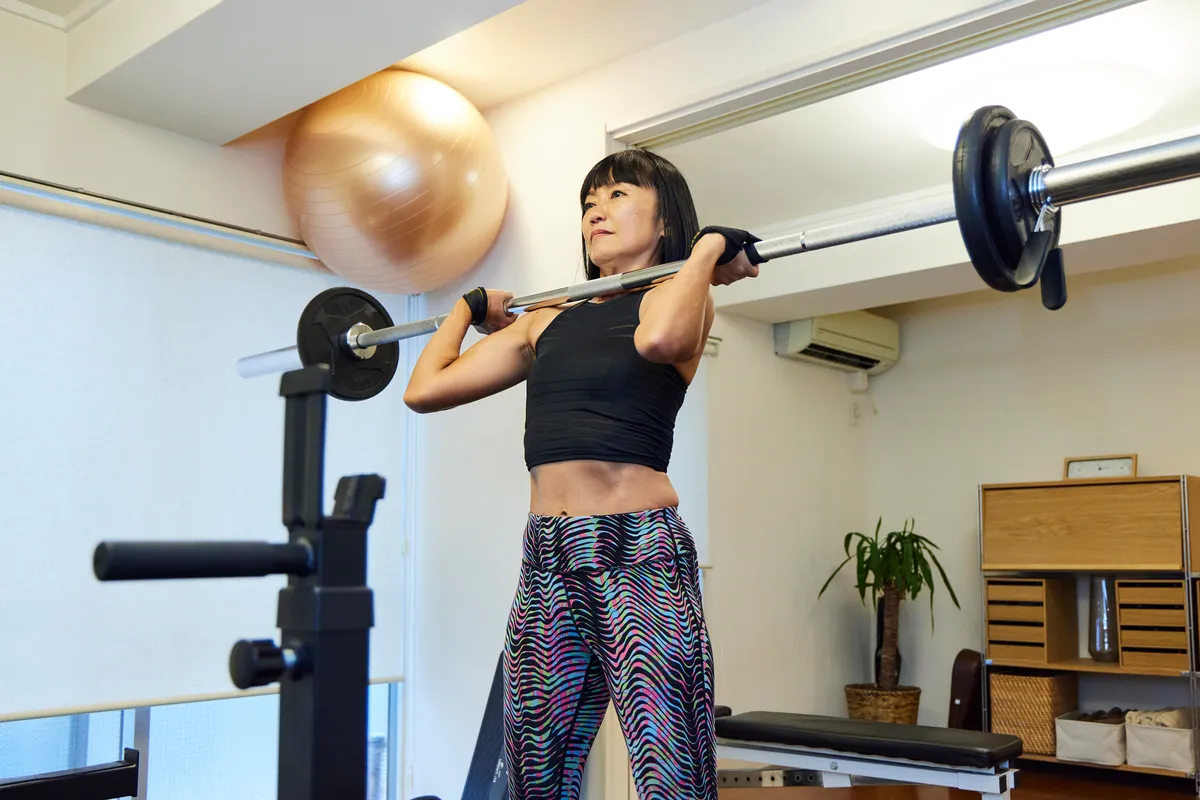In August 2023, UK Anti-Doping (UKAD) confirmed former Team Sky doctor Richard Freeman had been banned for four years for “taking possession of an order of 30 sachets of Testogel (testosterone gel)” at the National Cycling Centre in Manchester in 2011.
Freeman's case highlighted the performance potential of testosterone, a naturally occurring hormone, and why the passage of time can see both testosterone and performance levels plummet.
Let’s lift the lid on testosterone and why it matters to cyclists.
What is testosterone?
Testosterone is a hormone – a chemical messenger that’s secreted, in the case of men, from the testicles into the blood, which carries it to the organs and tissues of the body to stimulate a number of functions, many of which are conducive to stronger cycling efforts.
As a snapshot, testosterone:
- Preserves and increases lean muscle mass
- Improves cognitive function
- Increases bone density to help prevent conditions such as osteoporosis
- Improves your ability to recover from a workout.
Those are the headline benefits.
But it’s also responsible for driving the process of creating red blood cells, which is clearly nectar in a sport where your muscles are demanding oxygen.
And then there are performance boosts that tap into the psychological.
“Studies have suggested that testosterone contributes to behavioural adaptations driving greater voluntary effort. For instance, working harder during sessions,” says Dr Amy Vivien Wells, senior lecturer in exercise physiology at the University of Hertfordshire.
“This is highlighted in a study linking pre-exercise salivary testosterone levels with self-selected resistance training workloads and performance in female netball players.
"Also, non-physical psychological priming such as watching a video can positively influence pre-exercise testosterone levels and subsequent exercise performance.”
Age is more than a number

From around the age of 40 years old, testosterone levels can drop by around one per cent each year.
It’s one key reason why sedentary folk lose three to eight per cent of their muscle mass each decade after they turn 30, with this decline accelerating after the age of 60.
That ageing decline is exacerbated by endurance training. Studies have shown that 90 minutes of sub-maximal exercise results in a slight decrease in testosterone levels, while exercise of moderate to hard intensity for more than two hours results in a significant decrease in testosterone levels.
The reason why remains unclear, but it’s suggested that increased cortisol levels (stress hormone), a loss of body mass and changes in luteinising hormone, which helps to create testosterone, could be responsible.
A study at the 2011 Ironman World Championships in Hawaii highlighted this exercise-induced testosterone drop. Out of 22 long-distance triathletes tested, only nine showed serum testosterone concentrations that would be considered normal.
Female cyclists endure this testosterone drop, too, with around a tenth of men’s levels circulating in the system. In women, it converts to oestrogen, which plays an important role in reproduction, growth and general health.
Weight gains

If the outlook doesn't sound good then, thankfully there is help at hand in the form of weight training.
Regular gym work is the opposite of endurance exercise in that it raises testosterone levels, and remains why there’s a strong argument that anyone over 35 should split their week between 80% riding and 20% strength work.
This could be weights, bodyweight moves or plyometrics. Whichever you choose, there’s evidence that power output, speed of recovery and stamina all go up – or at least reduce losses – and all because of increasing testosterone levels, which are then maximising gains from endurance rides.
As for which exercises you should tick off, leg squats, deadlifts and lunges are essential.
“The consensus is that the volume of muscle mass activated is linked with the testosterone response,” says Dr Vivien Wells.
“The absolute workload (volume and intensity) of the strength session is thought to be linked with the testosterone response, too. Greater stimuli from engaged muscle mass may increase production of testosterone.”
As for the breakdown of each session, back to Vivien Wells.
“When looking at resistance training, hypertrophy protocols (high volume, moderate to high intensity and short rest intervals) are more likely to elicit a significant increase in testosterone than pure strength protocols (low volume, high intensity, long rest periods).”
Dietary concerns

We should assess our diets, too.
Testosterone is a molecule that’s made up of cholesterol, so it’s suggested you tick off good-quality fats, such as mackerel, nuts and good-quality olive oil – or take a cod liver oil supplement
The journal Alcoholism: Clinical and Experimental Research also revealed that alcohol lowered testosterone levels, especially if drinking more than two pints a day.
This could be because alcohol inhibits the synthesis of testosterone.
Still, if that’s the price of reaching our goals, we’ll reach for the low-alcohol option more often.

